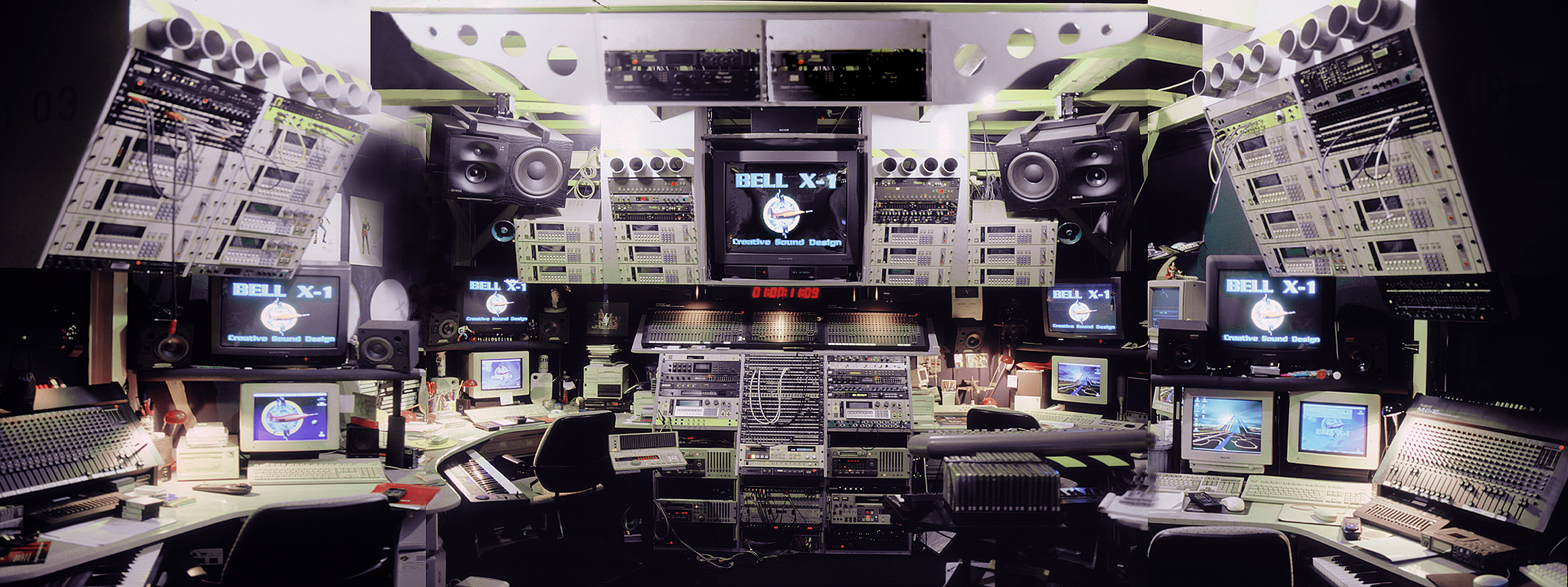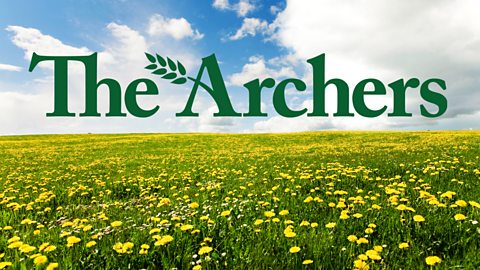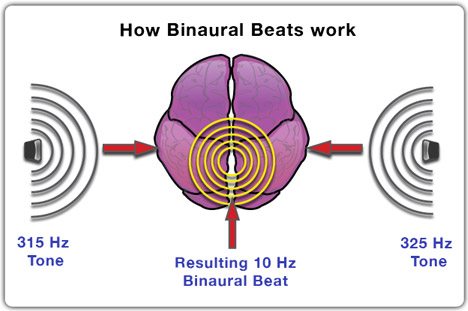In most media areas there are techniques to use to get the best version you can. Below are about 10 points that are given from a range of people to create the best stories.
1)Show it: Great and influential stories do not “tell”, they “show”. Through storytelling elements like plot, character, conflict, theme, and setting, you can show your message and let your audience arrive at your meaning at a comfortable pace.
2) Focus on the active struggle: A story that only shows what happens to the protagonist is boring. Stories that depict a character’s active pursuit--of justice, love, triumph--are far more interesting because the character actually does something.
3) There should be a plot: A plot serves as the guiding force in your story. It helps ensure there is a beginning, middle, and end and all of the fun stuff in between. This is important because it makes your audience feel comfortable and allows them to focus on other aspects of your story. Also, a good ending will provide your audience with closure. Leaving your character clinging to the edge of the cliff is only acceptable if you are setting yourself up for the next chapter.
4) Match your brand story to the format: Writing for the ear (e.g. sales calls, elevator pitches, videos, speeches) is not the same as writing for the eye (e.g. blog posts, ebooks, articles, ads). Adapting your storytelling to fit the format prevents the story from sounding wooden, generic, or rehearsed, and it strengthens the appeal to each different audience.
5) Keep the dialogue real: This is important because as a listener or a reader, we are immediately distracted when something sounds off, cliché, or is just out of place. A good way to check and see if your dialogue sounds good is to read it aloud. Often times, this is an easy way to pick-up on words that are disruptive to our ears.
6) Control your pacing: Tell your story too slowly, and the audience will lose interest. But go too fast, and they won’t be able to keep up. It’s okay to speed up and slow down the pace of the story according to its tension as long as you can gauge your audience and keep them with you. Pacing also applies to the speed at which you tell the story in person, when you must pace both the story itself and the way you tell it. This storytelling technique is critical in videos, speeches etc. since your voice is the medium.
7) Conflict: If everybody is happy-go-lucky and the sun is shining then what is the purpose of telling the story in the first place? Stories are about conflict and trying to overcome it. Will the main character succeed? How will the conflict be resolved? This is the reason your audience will stay engaged. Stories can have more than one conflict too. Try weaving smaller conflicts into various points of the story to support an overarching conflict.
8) Make it personal: Whether you are telling a story to pitch a product or to entertain, consider adding a personal touch. A personal touch will give your pitch the “real” factor. This can be delivered in the form of a testimonial. If you are creating a story to entertain, draw on your own life experiences to add to the story. This will make your story feel more authentic.
9) Focus on the human element: The most powerful stories use emotion to connect with us on a human level. Facts and figures can be persuasive, but stories are memorable.
10) The Delivery: You have constructed the perfect story, now how are you going to deliver it? Are you going to write it down for people to read to themselves, is it meant to be read aloud by others, or will you be telling your story verbally to others? The final delivery method matters. You might have to change your story up a bit to ensure it is being told in the most beneficial manner.
Note: This top ten is just some of my personal picks on ways to create a good story and to be a good storyteller whether i will use some of these techniques with my projects is still up in the air.








